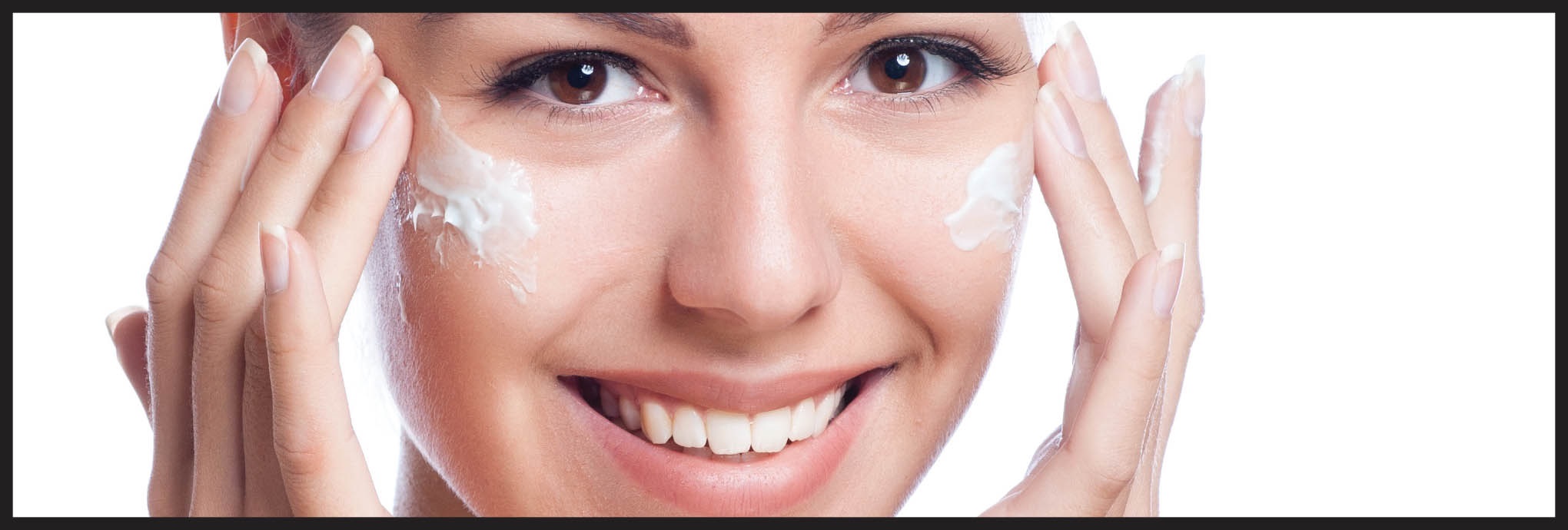
For beauty lovers, the next “must have” accessory isn’t a designer handbag, statement necklace, or even the latest smartphone. It’s an electronic beauty device that promises to give you freshly scrubbed, dewy young skin. The market for in-home electronic skin care tools, such as NuFACE® the award-winning microcurrent facial system and Foreo’s beautifully-designed Luna™ facial cleansing brushes, is on the rise–and may be a marketer’s dream come true.
“Women of all ages are increasingly interested in these beauty tools, with particular interest among women 18-24,” says Andrea Van Dam, CEO of Women’s Marketing. “While they’re intrigued with the concept and the promise of professional results, the high price point of these products, an average of $90, is significantly above the $50 most women are comfortable spending for small personal care electronics.” But analysts believe that as innovation and technology improve, prices for top skin care products will likely moderate and become affordable to a wider audience.
Cleansing Brushes As Entry Point
Most women turn to topical lotions and creams for specific anti-aging benefits, and they associate skin care tools with cleansing, exfoliation, and hair removal. Consequently, a woman’s first entry into the device category will likely be with a cleansing or exfoliating brush. Once the customer is engaged however, brands have the opportunity to promote the complementary skincare benefits of using multiple devices (ie: acne fighting, wrinkle reduction, facial toning) in order to drive incremental sales.
The Decision to Buy
Not surprisingly, women spend a significant amount of time researching top skin care products online and seeking the opinions of family and friends before they buy. But the most important factor leading to purchase is proof that these products are worth the investment—36% cited trying a product and liking the results and 30% said they bought a skin care tool because they were impressed with the results of someone they knew. “Since word-of-mouth and proven results appear to drive sales in this category, marketers would be wise to include strategies, such as trusted influencer marketing programs, within their overall media plan, to address these issues and build confidence,” advises Van Dam
Where They Shop
This personal experience with skin care tools also informs how they shop for products in this category. More than half of female consumers (55%) cite mass merchandisers as their go-to destination for beauty devices. The accessibility, affordability, and convenience associated with mass merchandisers make them a popular choice for U.S. consumers. Online retailers are also a popular choice for 35% of beauty product shoppers, while 13% prefer to browse online and buy in-store.
What’s Next?
As this science continues to evolve, women will likely be introduced to more top skin care products and options in the personal skin care market. We are already beginning to see micro-chips that adjust speed and cleansing time based on the user’s skincare needs, NASA-developed red light therapy that promises a mini-face lift at home, and apps that use transdermal skin imaging to develop customized skin care routines.
Will at-home skin care tools become as ubiquitous as blow dryers? Analysts believe interest in this category is strong and ready for growth. Providing women with the tools they need to confidently invest in these devices is key to motivating them to buy. Women’s Marketing leverages our understanding of the female consumer to reach her where and when she is most receptive to your message. Contact us to learn how we can help you develop a media program that addresses your brand’s challenges and builds on its strengths.



Comments